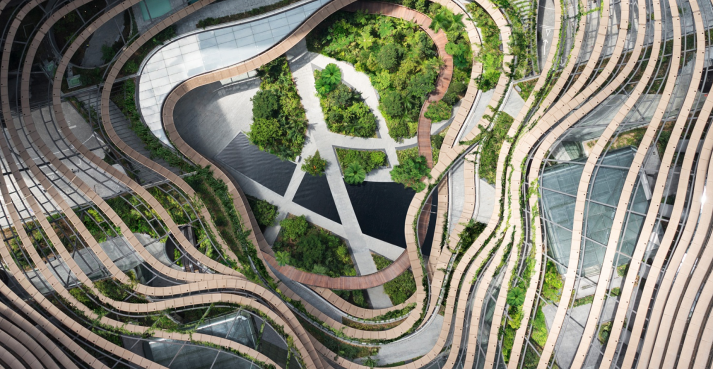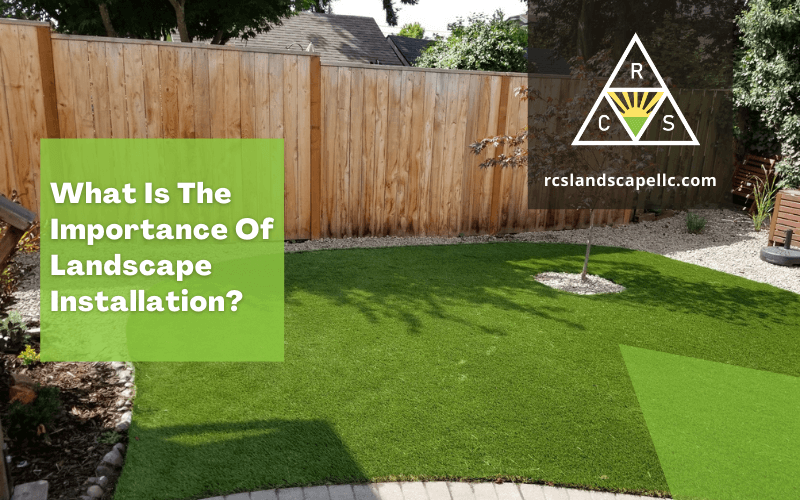The 10-Second Trick For Landscape Design
Unknown Facts About Landscape Design
Table of ContentsGetting The Landscape Design To WorkThe 9-Minute Rule for Landscape DesignNot known Facts About Landscape DesignIndicators on Landscape Design You Should KnowThe Ultimate Guide To Landscape Design
A lawn can generally be divided right into three areas: public (the front lawn), exclusive (the back yard), and solution (typically the side lawn). The area of task locations depends mostly on the kind of location, the dimension of room needed, the kind of task, and the preferred closeness to various other activities and structures.The outdoors wall of your house typically functions as the first wall surface or beginning point of an exterior area. Inappropriate uses should be separated, and related activities, such as cooking and dining, need to be created to make the backyard more efficient and delightful. When utilizing hardscape to create areas, utilize construction material similar to that made use of in the house for connection from your house into the garden.
Connected rooms. Credit Scores: Gail Hansen, UF/IFAS Making use of similar hardscape functions and repeating plants draws the eye around the garden.
The Only Guide for Landscape Design

For psychological convenience plants are utilized as physical or suggested barriers for personal privacy and safety and security. Physical barriers block both the view and access to an area and include fences, walls and plant hedges.
Physical and suggested barriers. Debt: Gail Hansen, UF/IFAS For these reasons, the sorts of plants to be made use of (such as trees, shrubs, or groundcovers) must be selected in the beginning of preparation (Landscape Design). Plant types are selected for their practical capabilities to ensure that their future objective and needed area can be thought about at the same time

Facts About Landscape Design Revealed
Each plant mass is in front of, behind, or following to, one more mass. Credit Scores: Gail Hansen, UF/IFAS Duplicating plants within a mass and duplicating masses with similar plants connects the yard together. The individual plant features need to be thought about to successfully layer and mass plants.
All plant compositions start with the main framework plants, the large, mostly evergreen history plants-such as the trees and huge hedges. These plants separate or enframe rooms, control the size of the area, and supply the beginning factor for choosing the ideal characteristics of the second layer, midground plants, for massing and infill.
Important points in the yard need to be highlighted by the usage of unique plants, unique frameworks, or garden accessories. Noting limits or entryways to rooms can be made navigate to this site with gateways, arbors, and steps, or with using unique and colorful plants. The form and/or style theme of the garden will usually aid determine the important factors and just how they need to be highlighted.
Other vital areas in the yard are focal points, which is made use of to aesthetically arrange a landscaped location. Different perspectives or perspectives can disclose different make-ups in the landscape that might call for a selection of focal points.
Little Known Questions About Landscape Design.

Figure 13. Plant forms. Credit: Gail Hansen, UF/IFAS After type, structure is the following leading feature of a plant; crude, medium and great appearances can be made use of for comparison and emphasis in the landscape. Kind and texture both trump color in the garden for many of the year. However, during specific seasons, shade will be one of the most noticeable characteristic of the garden.
The enjoyable scent of plants, the noise of wind in the trees, the noise and texture of water, and the colors and appearances of sculptures, pots and garden furniture all include to the experience of the yard. One detail that is commonly ignored is the impact of light on the aesthetics of the plants.

4 Simple Techniques For Landscape Design
It is necessary to discover here recognize the ultimate mature dimension of plants so they can be placed in the right location and spaced appropriately when they are set up. Offering plants room to expand is an obstacle due to the fact that the usual mature dimension is usually based on ideal growing problems and the ecological problems of a website may cause a plant to expand bigger or remain smaller.